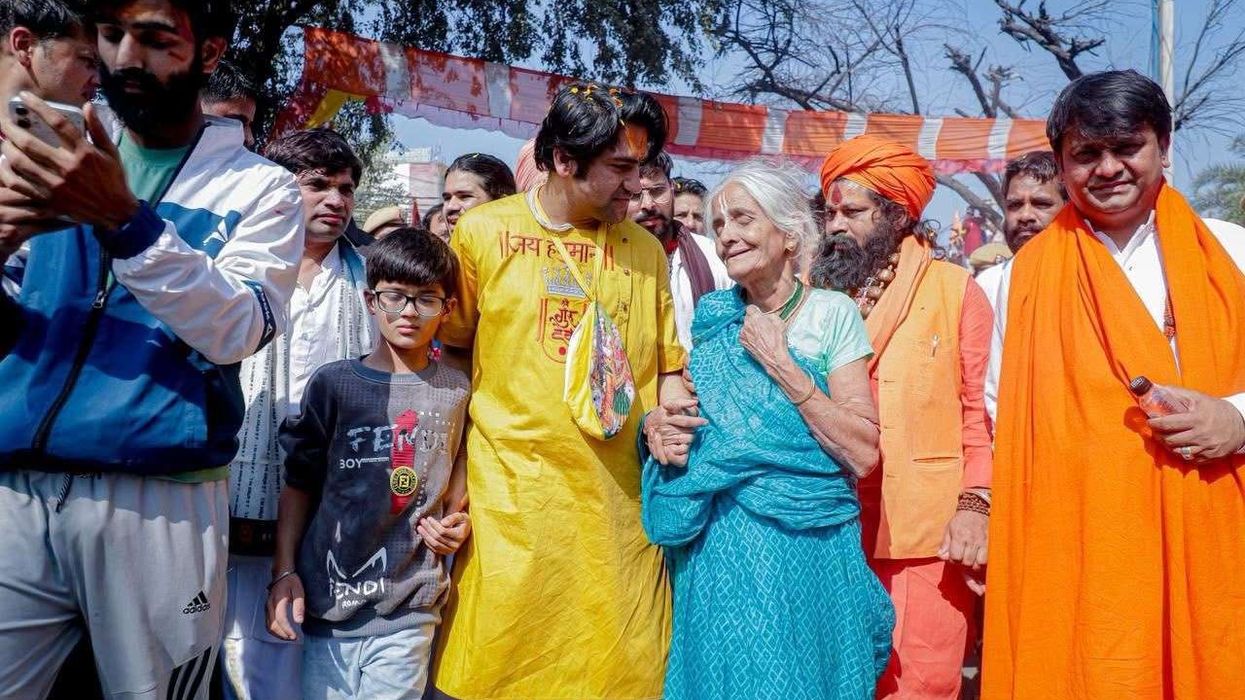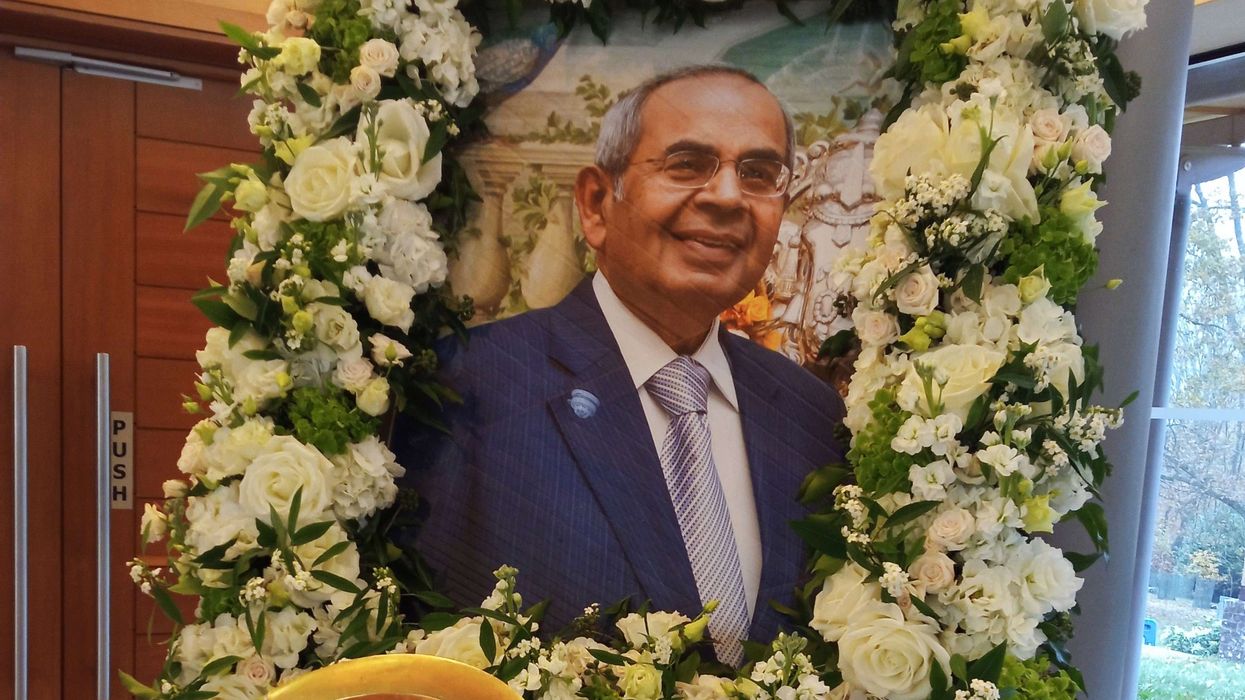By Amit Roy
THE question of whether Havelock Road in Southall should be changed to something like Guru Nanak Road has come up again.
The leader of Ealing Council, councillor Julian Bell, is sympathetic to the idea and has announced “there will be full and proper statutory consultation before any changes are made”.
Bell told me there is more to changing a name than simply replacing road signs. The emergency services needed to be consulted, as do local residents, whose property deeds will be affected by the name change.
The issue is sensitive because Europe’s biggest gurdwara, the Sri Guru Singh Sabha, which is at the heart of the Sikh community in Southall, stands on Havelock Road.
It is named after Major-General Sir Henry Havelock (1795-1857) who is considered a hero in Britain and a villain in India for ruthlessly putting down the 1857 sepoy uprising in Lucknow and “Cawnpore” (Kanpur). Havelock, whose statue stands in Trafalgar Square, is commemorated throughout Britain.
Next to the gurdwara is a private estate as well as a school named after Havelock. Bell tells me he is “talking to them”, presumably with a view to persuading them of the name change.
The current gurdwara building was put up 20 years ago at a cost of £17.5 million, but its origins go back to the 1980s when the land was first purchased.
Virendra Sharma, now the Labour MP for Ealing Southall but then a local councillor, did try and get the name of the road changed “but I got nowhere”, he has told me.
Some years ago, Himmat Singh Sohi, then president of the gurdwara, said to me: “Most of our people don’t know too much about Havelock. If we want to change the name, we would have to talk to the council.”
As a result of the Black Lives Matter campaign to remove many reminders of Britain’s colonial past, the name “Havelock” has become much more of an issue with a new, more assertive, generation of younger Sikhs.
The community in Southall has come a long way since the racist murder in 1976 of 17-year-old Gurdip Singh Chaggar, who merits a memorial because the fight back started with his death.
What happened in India does not have a direct impact on events here, but it is worth noting that in December 2018, India’s prime minister Narendra Modi renamed three islands in the Andaman and Nicobar archipelago. One of them, Havelock Island, is now Swaraj Dweep (meaning freedom or independence Island).
In Southall, the plan is to change the name of only that part of Havelock Road where the gurdwara stands. But it is not yet a done deal.
Bell has to convince white residents, who may not want the expense involved in making the change. He emphasised: “Our diversity is our strength. We need to make sure that our public realm, our statues, road names and buildings reflect our diversity, and not a frozen past where colonialism, racism and the slave trade were present and celebrated.”

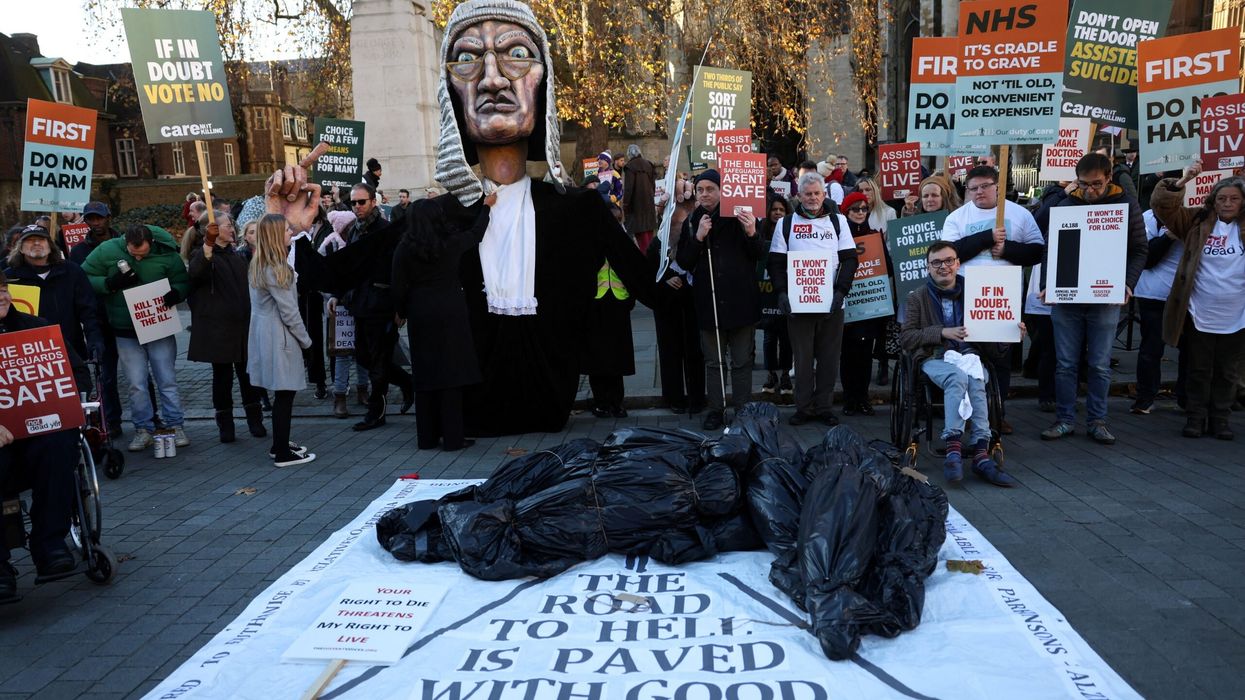
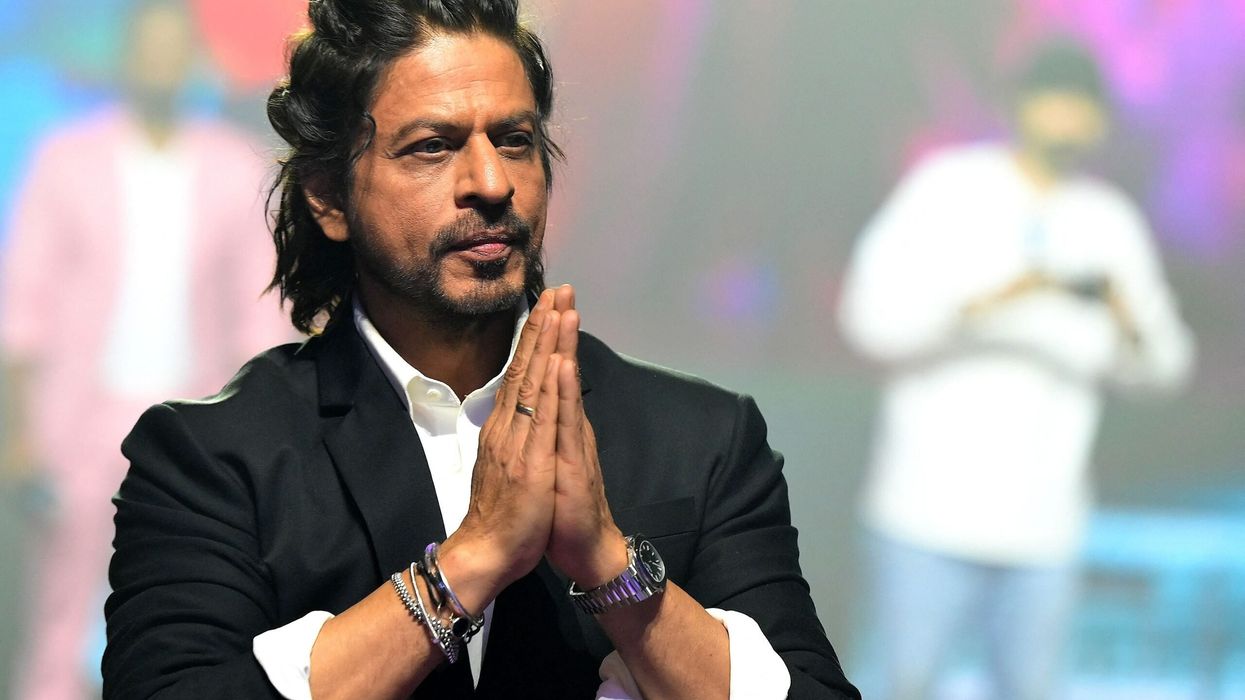
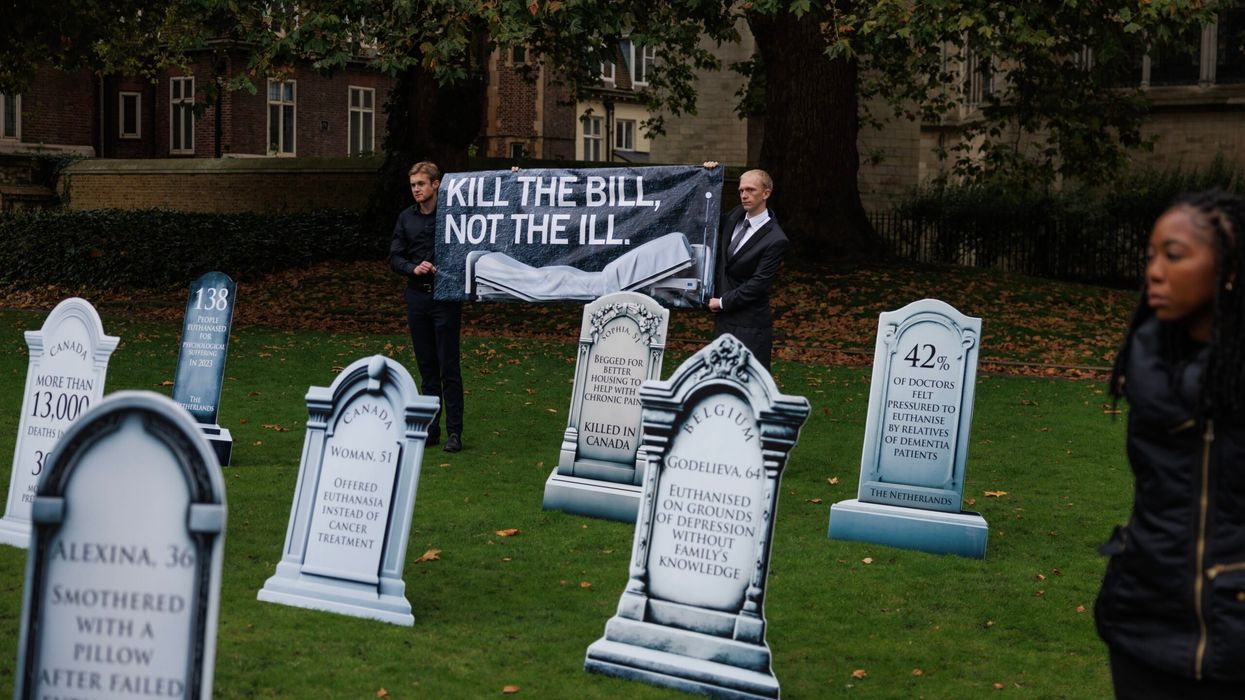
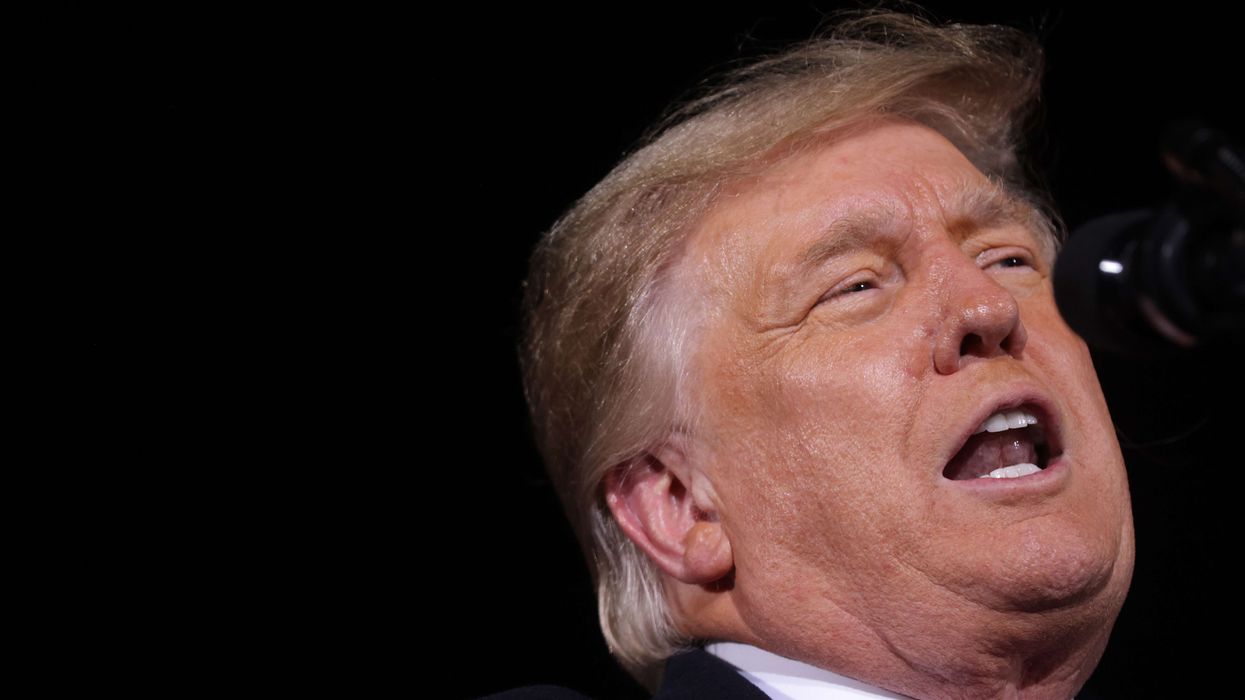
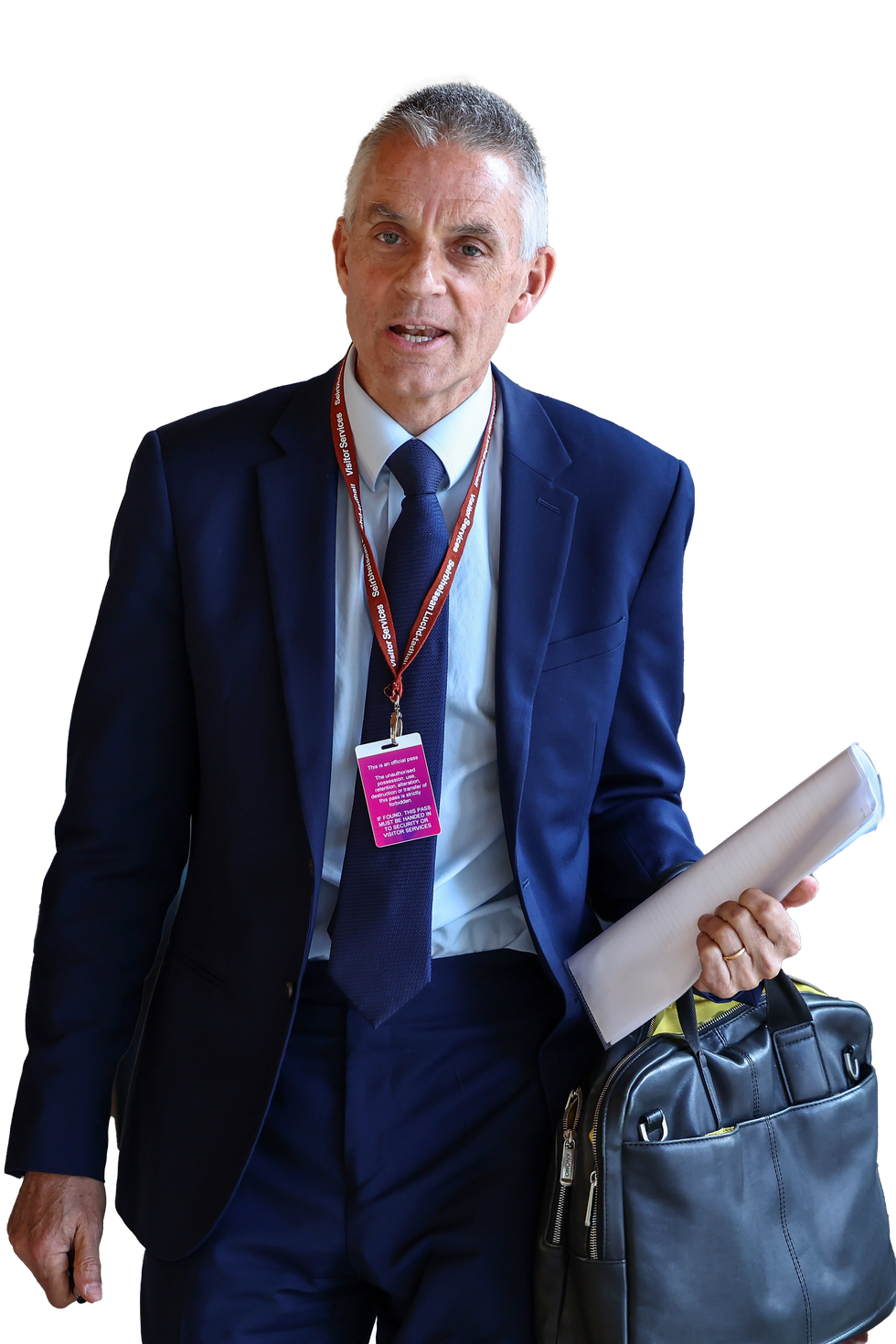 And , Tim Davie
And , Tim Davie
